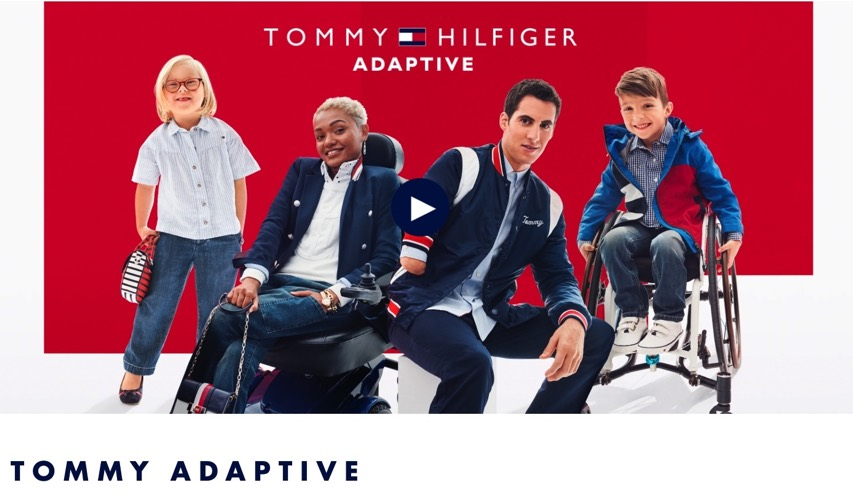Partners in Digital Experience: Wunderman Thompson Humanizes Marketing

Collection :
Better access to customer data and the presence of more smart, connected devices has made it easier than ever for brands to deliver attentive and intimate customer experiences. Yet as tactics like geo-targeting and hyper-personalized marketing campaigns become more common, digital leaders need to understand how to use the knowledge they’re gaining about their audience to offer thoughtful solutions to the real problems they face, not make them paranoid that machines are watching their every move. Otherwise, some customers may feel as if their lives are being invaded rather than improved and shy away from how much they use technology to engage with brands.
On the other end of the personalization vs. privacy debate, Adam Wolf, CTO of global digital marketing agency Wunderman Thompson is perhaps the furthest from a technophobe as someone can be. Rather than feeling nervous or “creeped out” by all the ways technology is now being used to understand consumer preferences, Adam’s excited about the possibilities of how these advancements can make our lives easier. It’s fitting then, that the company recently merged with digital agency POSSIBLE, a brand name that evokes exploration of the unknown and seeking out never-before-seen solutions.
In 2019, POSSIBLE (a Wunderman Thompson Company) was named Acquia Partner of the Year in the Americas for their work creating data-driven emotional experiences and fulfilling brand promises for some of the world’s most ambitious organizations including Microsoft, Adidas, Lenovo and Mars. For our Partners in Digital Experience series, we spoke with Adam about how advances in modern technology are allowing people to navigate the world in new ways and build trusted relationships with brands that actively improve their lives.
“Devices and new consumer touchpoints are getting to know you better and know about your interests and preferences,” said Adam. While he acknowledges that many people feel uneasy about sharing their data with companies, he fully embraces this shift and feels that it’s inevitable for anyone who wants to be engaged in the digital world. Adam has even gone one step further in his quest to gain personal empowerment from technology by actively engaging with brands in a way to give them the most relevant information about his interests.
“I hate to shop. So instead of me going and shopping at a bunch of sites online, I try to go to one or two places that I know have a pretty good media program. I’ll look at a few products that I'm interested in, but I’m not going to buy them right away,” he explained.
As he puts it, “I let Facebook and my other social feeds display the specials without having to search for them. These platforms will just directly ‘feed’ me what it thinks I want.” Not one to wait on the sidelines as devices collect his data, he’s become an active participant in designing his own digital experiences through better informing those algorithm-enabled recommendations and letting the platforms go to the trouble of sorting through products for him.
Empowering and Accessible Customer Experiences
One of the top initiatives Wunderman Thompson is concerned with is improving accessibility and inclusion throughout marketing. As advances in technology have improved how we communicate through things like voice recognition software and textual translation services, it’s become simpler than ever for brands to be more inclusive. By advocating for inclusive design and digital experiences, brands can reach wider audiences and earn customer loyalty and devotion.
Recently, Wunderman Thompson was involved in the launch of the Tommy Hilfiger’s Spring 2019 Tommy Adaptive collection, a clothing line designed with features such as magnetic closures and one-handed zippers to assist people with disabilities who may struggle with getting dressed. Wunderman Thompson directed a series of video ads that showed disabled models pursuing their passions, hobbies and careers. The video campaign featured a young surfer with cerebral palsy, a hip-hop dancer and amputee, a skateboarder with a visual impairment and an opera singer with autism.

“A lot of the technology touchpoints we’re starting to see emerge are amazing because they're not necessarily built specifically for one constituency, like blind people or people who are hard of hearing or people who don't have the fine motor skills to be able to operate computers. But this group of people is getting a lot more empowerment from a digital perspective because they can use their voices and thoughts and movements to navigate things they may have had a harder time doing in the past.”
The team regularly works on brand stories that showcase diversity, empower underrepresented groups and ultimately invoke a sense of social compassion. Currently, their WeCounterHate campaign is using technology to turn hate speech on Twitter into donations for a good cause. Machine learning is used to identify hateful language and a human moderator then selects the most offensive tweet and attaches an undeletable reply informing anyone who retweets the message that they will enable a donation to be made to an anti-hate group.
“We have a practice in our company that’s focused on bringing more democracy and accessibility for all people,” said Adam.
Revolutionizing the Human Journey
Rather than fear a future where machines have taken over and replaced our jobs, Adam views digital transformation as a shift toward making industries even more human-focused and in touch with their customers’ needs. “Businesses need to be in front of how something like AI is going to impact how they communicate with people.”
For example, Adam sees the rise of new tech interfaces and the IoT as greatly impacting traditional business models like car dealerships as we all seek out more convenient and intuitive ways of interacting with brands. “I just leased a Tesla Model3, and I did it from my front porch on my phone. It was delivered to my house the next day. I didn't have to go to the dealership or haggle with anyone.”
Brands need to be more innovative and embrace technology as a tool to remove friction from a transaction, rather than as a substitute for human connection. Adam has seen more clients start to embrace integrated digital customer experiences. Whether it be through chatbots, helplines or smarthome devices, they’re leveraging multiple methods of communication at once throughout a single brand interaction. Today, there are so many places these conversations can happen and the onus is on digital marketers to know how best to keep that conversation going across multiple devices, times and places. The rise of conversational UI and these non-purely web-centric experiences are something Adam and his team believe will create stronger social ties and connections between customers and companies.
“It's just your human journey during the day. Whether you're at home and you ask Alexa something, and then you get in your car and you talk to your dashboard, and then you get to your office and you're using Siri, and then you get on a chatbot. You could conceivably keep a conversation going with a brand all day long.”

